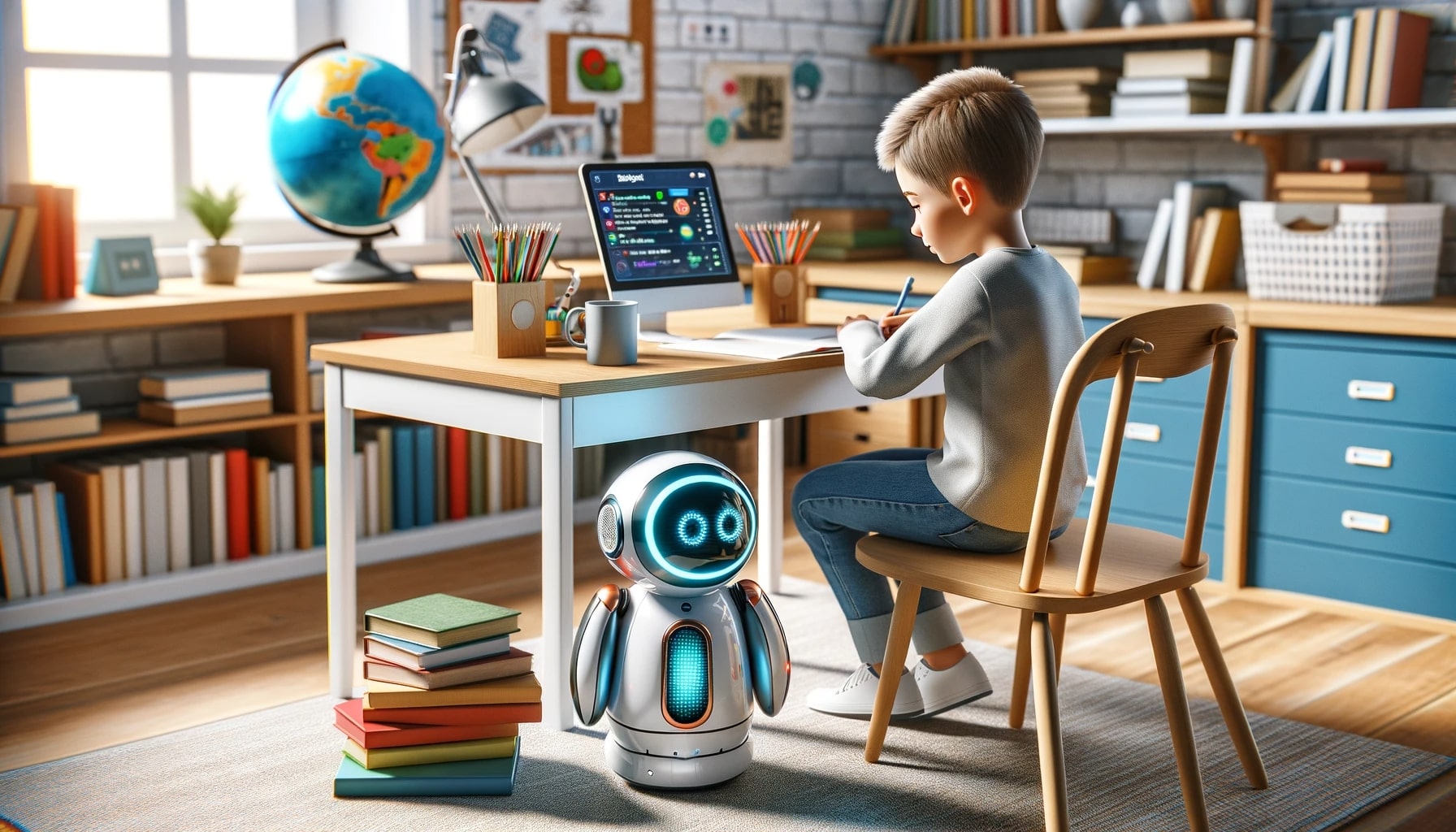In a groundbreaking development for industrial robotics, Figure, a company specializing in autonomous humanoid robots, has concluded a significant agreement with BMW to integrate its robotic technology into the automotive giant’s manufacturing operations in the United States. The arrangement marks a pivotal step in the advancement of robotics in automotive production.
Integration and Deployment Strategy
As part of the deal, Figure will commence by pinpointing suitable roles for its robots within BMW’s manufacturing processes. Subsequently, these robots will be systematically incorporated with the intent of assuming risky and monotonous duties in the Spartanburg, South Carolina facility, thereby enhancing safety and allowing human workers to concentrate on tasks that necessitate human expertise.
Technology and Advancement
Figure, having raised substantial venture capital, aims to bolster productivity and ensure operational safety through its humanoid robots by relieving BMW’s workforce of tasks better suited for robotic automation. Figure’s CEO, Brett Adcock, emphasizes the untapped potential of general-purpose robotics in amplifying productivity, cutting expenses, and fostering a secure and consistent working environment.
The collaboration extends beyond robot deployment, as BMW and Figure will jointly explore cutting-edge technologies within AI, virtual manufacturing, and robotic integration. Dr. Robert Engelhorn of BMW Manufacturing envisions this collaboration as a driving force in the industry’s swift evolution, accentuating the efficiency and transformative potential of robotic solutions.
Implications for the Workforce
With concerns surrounding the impact of robotics on employment, it is unclear how the introduction of Figure’s robots will influence the job landscape at BMW’s plant, which is a significant economic contributor. Figure’s robots are designed to undertake undesirable or hazardous tasks, potentially revolutionizing traditional manufacturing roles and methods without displacing human labor.










